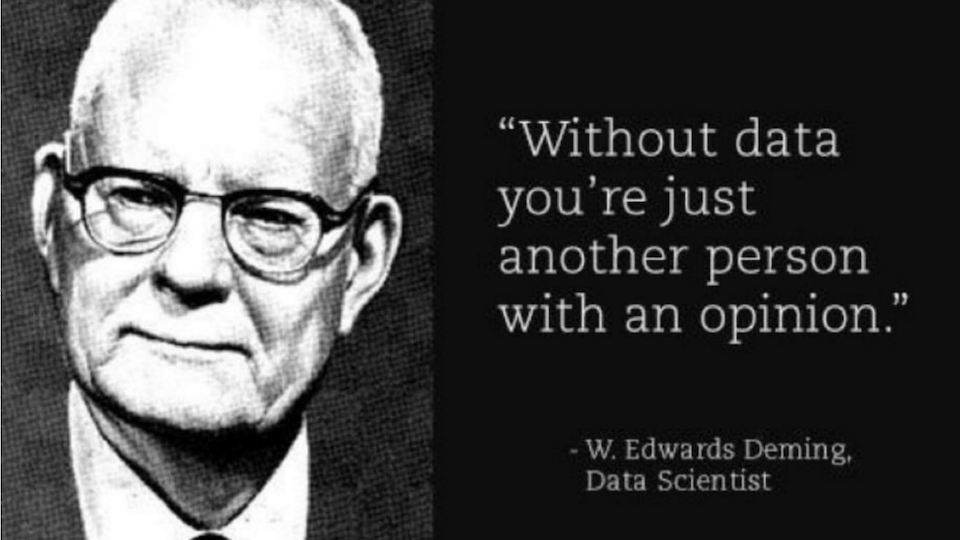I interview many government leaders about how they communicate strategic priorities and empower employees to engage in strategy. However, with large organizations like the Department of Defense (DoD), empowering teams to think strategically is challenging. Even great leaders struggle to figure out how to get their teams to think more strategically.
COMPLEXITY IS THE ENEMY OF STRATEGY
As organizations grow, the multitudes of leadership levels increase. When leaders succeed, they get promoted. If they fail, they go to purgatory. As a result, some leaders attempt to control every decision. Before leaders are aware, they find themselves with a line out their door and being the only answer to every question. Employees are afraid to make a decision; leaders become exhausted because no one can think for themselves; worst of all, they have created this problem – ????.
The pressure on leaders is even greater when it comes to implementing strategy. Studies show that leaders need “a structured process rather than micro-manage execution.”
IMPLEMENT A STRATEGY FRAMEWORK AND GOVERNANCE STRUCTURE
The proper governance structure and strategy implementation framework will feed the communication of your strategy. This structure includes identifying stakeholders and stakeholder teams who develop strategic implementation roadmaps. Strategy implementation roadmaps are where stakeholder teams do the work of assessing operational challenges. This work requires teams to think critically through outcomes, strategies, and assumptions. They’ll get a robust understanding of what it will take to succeed. In the strategy implementation world, we call these “required resources.”
A SYSTEM IS NEEDED TO IMPLEMENT STRATEGY RIGHT
Now imagine teams of teams charged with implementing strategy. Employees who want to participate in the organization’s future have a system that allows them to think critically. The pressure leaders have to deliver results is lowered. The urgency of knowing if strategies are working is replaced with data-driven performance monitoring. Leaders are no longer leery and tired of strategy implementation, meetings have become streamlined, and employees are engaged. All because they have the right tools to succeed.
Of course, you could continue to have siloed efforts that have statistically proven (67% of the time) to lead to confusion and failure to achieve results, hoping this year will be different.
We should chat if you’re ready for stakeholders to own outcomes, monitor performance, and achieve success.





